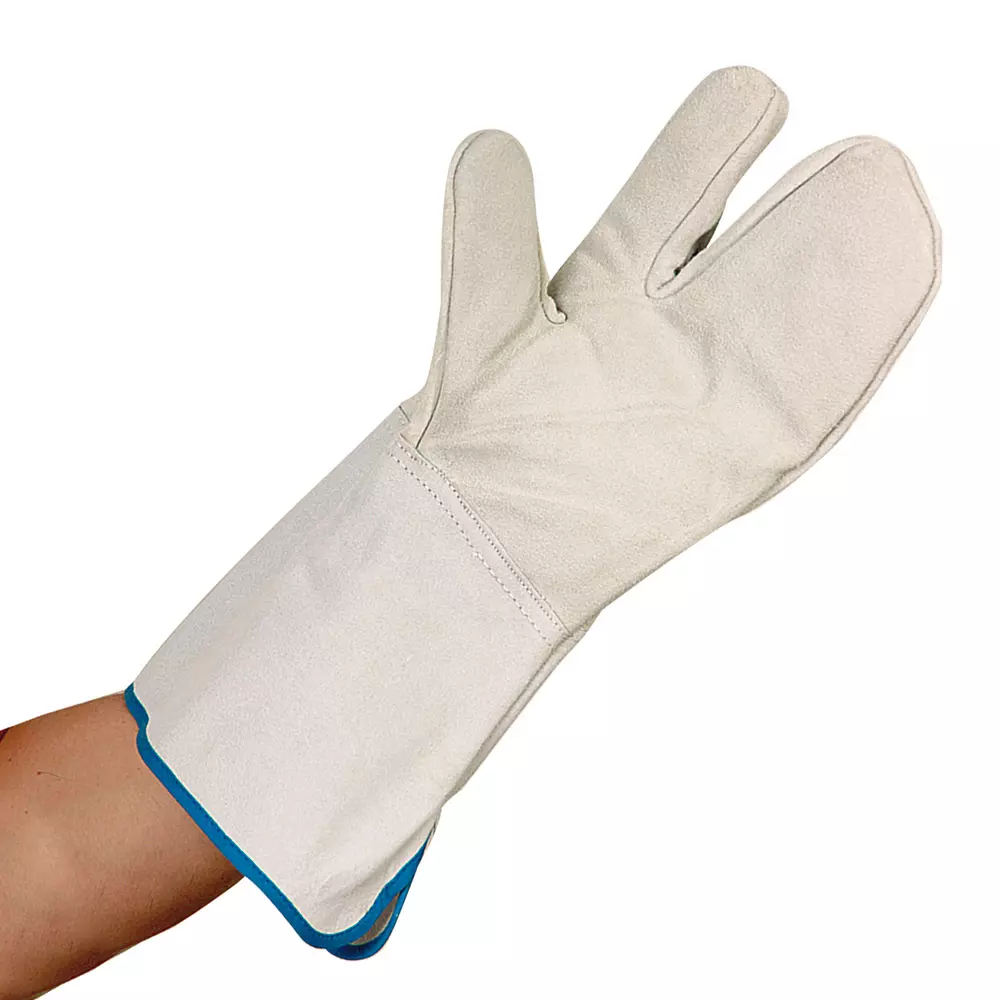
HygoStar Coolman Leather Oven Gloves, 36 cm, Grey
HygoStar Coolman Leather Oven Gloves, 36 cm, Grey
5 / 5


HygoStar
Coolman Leather Oven Gloves, 36 cm, Grey, 1 pair
Coolman Leather Oven Gloves, 36 cm, Grey, 1 pair
5 / 5
14,69 €
Price per 0 packages (1 pair)
14,69 € / pair
Choose size
Shipping fee is 5,00 € for orders under 150,00 €
Product description
The product description has not been specified
The product description has not been specified
The product description has not been specified
Determines how the glove secures around the wrist, affecting fit, protection from debris, and ease of putting gloves on and taking them off.
The composition and construction materials of the gloves, determining protection level, durability, comfort, and suitability for specific work hazards.
Mittens offer superior warmth and protection in cold conditions, keeping your hands comfortable for tasks needing a unified grip.
Multi-purpose design offers versatile protection and comfort, ready for a wide range of tasks.
Determines visibility, safety compliance, and how well dirt and wear are concealed during use in different work environments.
Measures how far up the arm the glove extends, determining the area of protection from fingertip to cuff end for different safety requirements.
- Heat & Flame Resistance
- Slip Resistant
- Hand Protection
- Cut Resistant
Protective gloves with the EN 388:2016 rating are tested for resistance against mechanical risks like abrasion, cuts, tears, punctures, and optional impact. This rating helps you quickly identify and choose gloves that offer the right level of protection for your hands during various tasks.
Test results
Provides basic resistance against snagging or catching on rough surfaces, offering minimal protection from tearing.
Provides basic resistance against scraping and surface wear for low-risk tasks.
Provides minimal protection against cuts from a rotating blade under constant, low force.
Provides basic protection against punctures from blunt objects like splinters, not sharp points like needles.
Provides the highest level of cut protection, passing a specialized test for materials that dull blades.
Gloves with the EN 407:2004 rating are tested for protection against various thermal risks including flammability, contact heat, convective heat, radiant heat, and splashes of molten metal. This means you can choose gloves that offer certified protection against specific heat and fire hazards for your safety.
Test results
Provides strong protection by delaying the transfer of intense, radiating heat for an extended period. Ideal for working safely near significant heat sources, such as furnaces or forges, without direct contact with hot surfaces.
Offers strong protection against small splashes of molten metal, like those from welding or grinding. This glove can withstand a high number of hot metal droplets before the heat is able to pass through to your skin.
This product has not been tested for resistance against splashes of molten metal. It provides no claimed protection and should not be used for welding, foundry work, or other tasks with molten metal risks.
This product offers good protection against flames. If exposed to a naked flame, the material will stop burning within 3 seconds and stop glowing within 25 seconds, giving you time to safely remove the item.
Provides the highest level of protection against direct contact with hot surfaces. This product protects you from temperatures up to 500°C for at least 15 seconds, perfect for briefly handling very hot items.
Provides a good level of protection by delaying the transfer of heat from a flame for at least 10 seconds. This makes it suitable for tasks where your hands might be briefly exposed to open flames.
PPE stands for "personal protective equipment." PPE Category 2 refers to equipment that is more complex, and has a higher level of risk. Examples of PPE Category 2 include safety helmets, ear protection, and fall arrest equipment. In Europe, PPE Category 2 must meet certain safety standards set by the European Union, which means that it must be designed and manufactured to protect the user without causing harm. Companies that make or sell PPE must prove that it meets these standards. They also must have a quality management system in place and have to be audited regularly by a notified body.
Free delivery when you order more than 150,00 € from Franz Mensch
Supplier shipping fee 5,00 €
Brand minimum 50,00 €